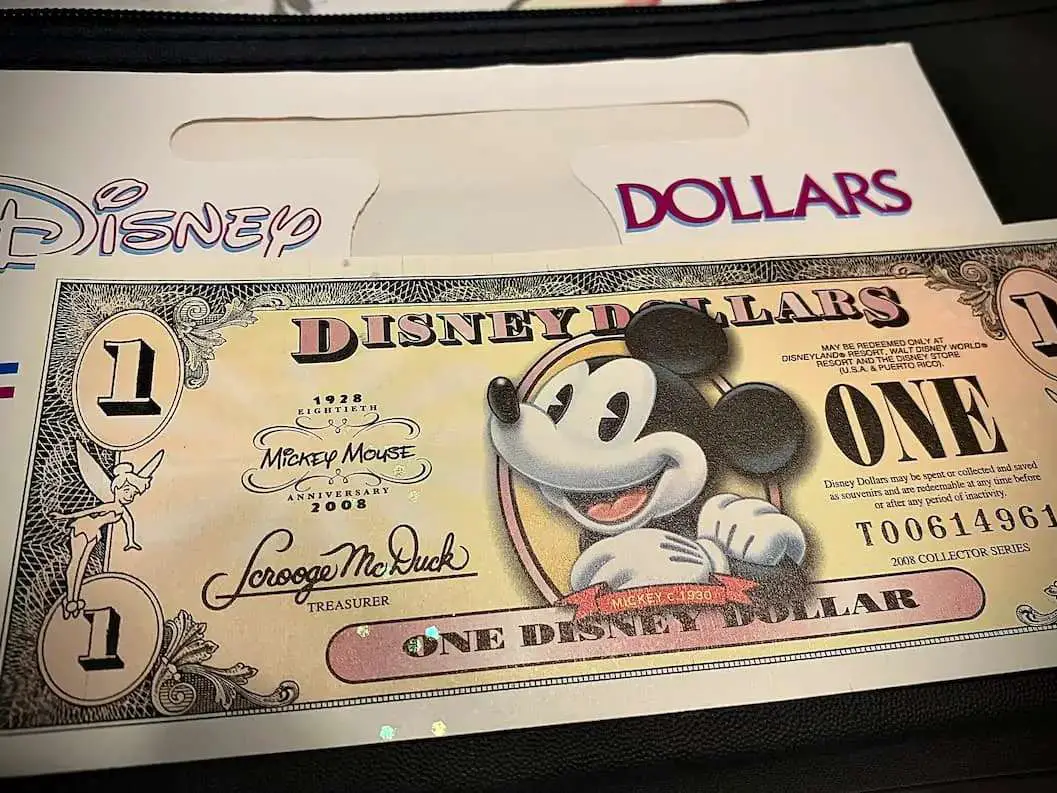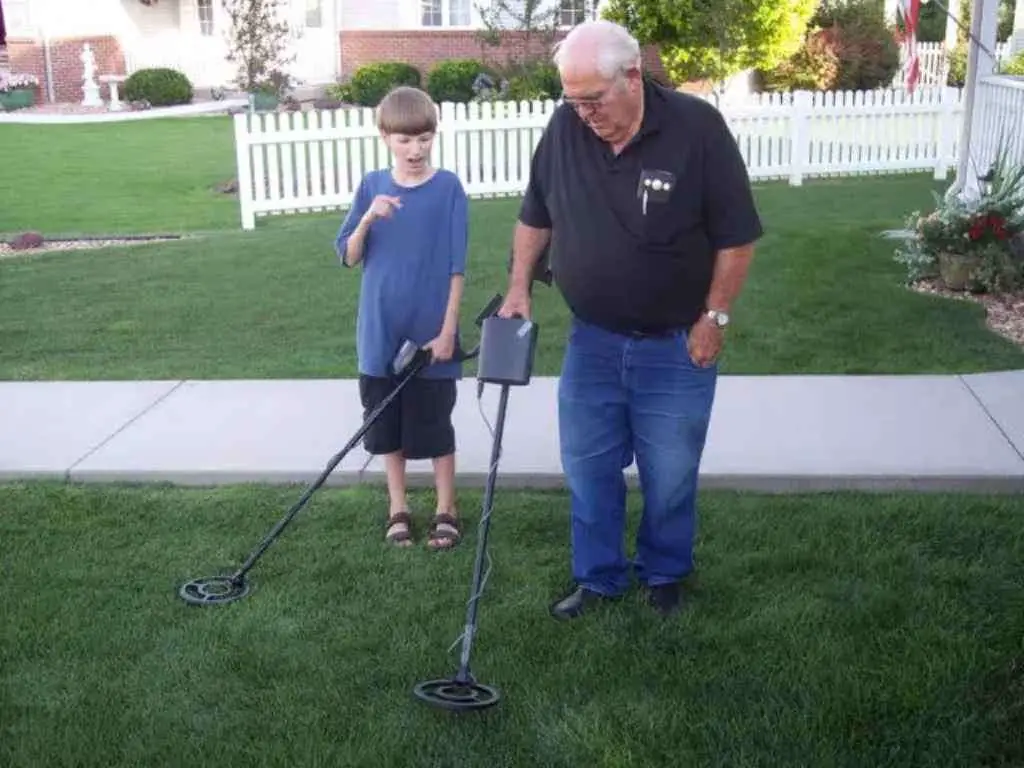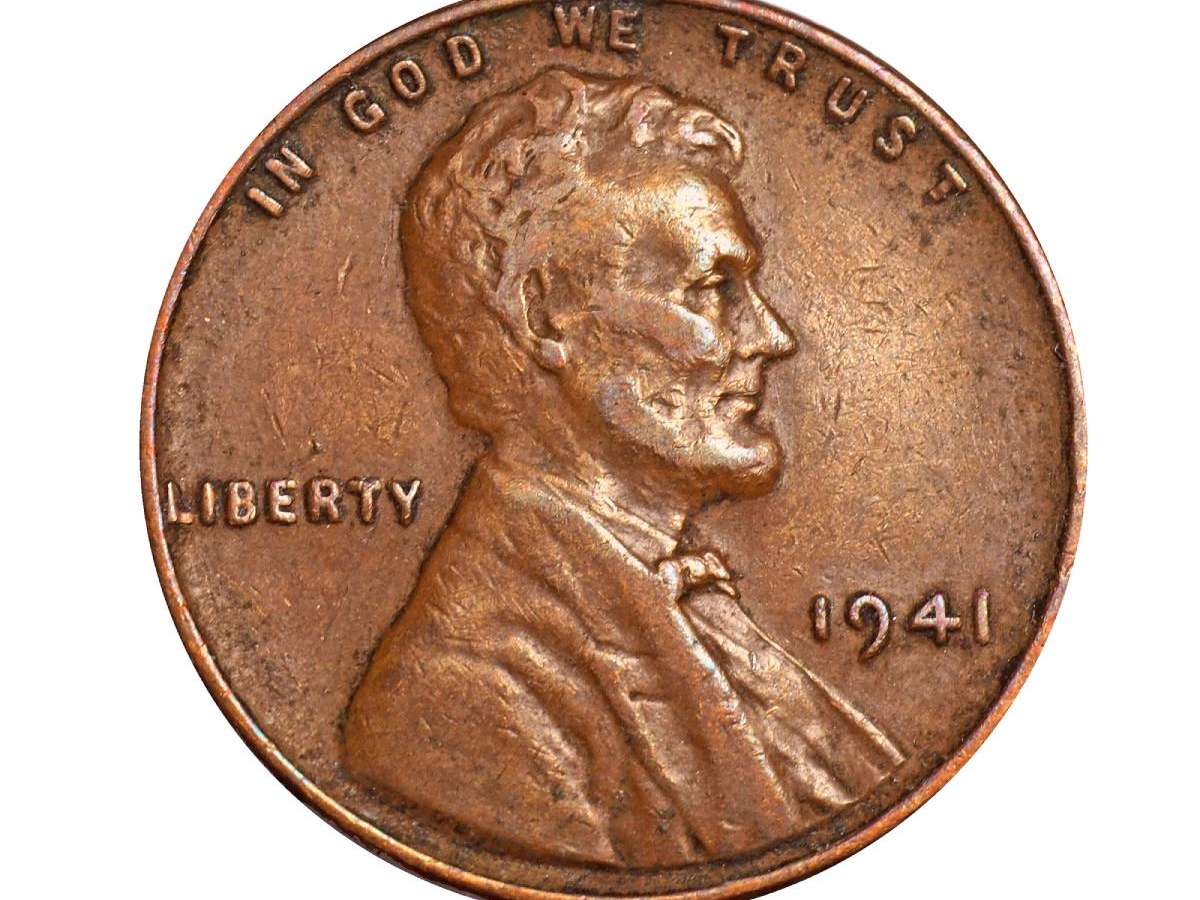What Is A Doubled Die Coin?
I get a lot of questions here from readers about doubled die coins – more specifically, inquiries that are accompanied by photos of coins which appear to have doubling of their designs.
Yes, doubled dies are the types of coins that are sometimes found in pocket change.
Sometimes a lucky individual will have a real doubled die coin, but sometimes no.
So, what exactly is a doubled die?
And, what is a die in coin making terminology anyway?
And, why was the die doubled?
In this article, we will explain:
- What a doubled die is
- What a doubled die coin is not
- Some of the most famous doubled die coins
- How much doubled die coins are worth
Double Die vs. Doubled Die
If there’s one type of error that even new coin collectors know to look for, it’s the “double die” penny — more properly known as a doubled die (past tense).
Note the “d” at the end of “double”… because double die coin isn’t the correct numismatic term. It’s a doubled die coin.
Why is the distinction in the name important?
Aside from informing collectors of the correct coin collecting terminology, there’s a general perception that any doubling on a coin means that it’s a doubled die.
But that is typically NOT the case.
It’s called a doubled die because the error involves a doubled die. That is, part or all of the design imprinted on the die was doubled. That means every coin that a doubled die strikes will show some doubling of the design.
The incorrect phrase “double die” implies that there are two separate dies somehow involved with this error variety — which is not the case with a doubled die coin.
What A Doubled Die Is NOT
Many people think that any coin that exhibits forms of doubling is automatically a doubled die.
However, most times the doubling you see on a coin is not a doubled die at all — it’s something known as machine doubling. Machine doubling occurs when aging dies (or other issues in the striking process) cause the appearance of doubled lettering and design elements.
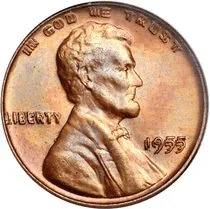
One of the most classic examples of a fake doubled die is the 1955 Poor Man’s Doubled Die penny.
It’s not even a doubled die – it’s the result of a common strike defect called machine doubling, which happens when a coin is imprinted with a slight “doubled” effect as the die (or the coin) ricocheted off each other a bit during the striking process.
Most such pieces are regarded as defective coins by some numismatists, but the 1955 Poor Man’s penny has gained a foothold in the popular coin market to satisfy collectors who have holes for a 1955 doubled die Lincoln penny in their coin albums but can’t afford to buy the real deal. A 1955 Poor Man’s doubled die penny has a value of around $1 to $3.
In general, if you’re going to buy expensive doubled die coins, make sure they have been authenticated by a third-party coin grading company.
Other Types Of Doubling…
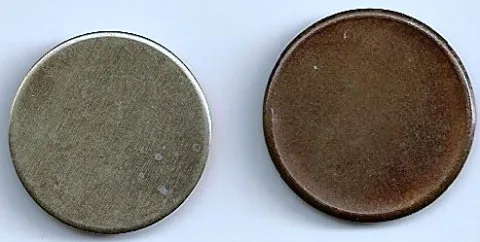
A doubled die is not a coin that was struck twice on the press.
The United States Mint strikes proofs for coin collectors generally twice — to help bring up minute details on the coin. Proof coins are not doubled dies either.
A doubled die refers to a very specific type of doubling.
A legit doubled die is created when the hub, which imparts a design on the die (the device that imprints a design onto a blank coin), impresses the coin design onto a die twice and at slightly different angles or positions. This can leave lettering and other parts of the coin’s overall design doubled.
I discuss this in much greater detail below.
Why Are Doubled Die Errors So Common… And So Valuable?
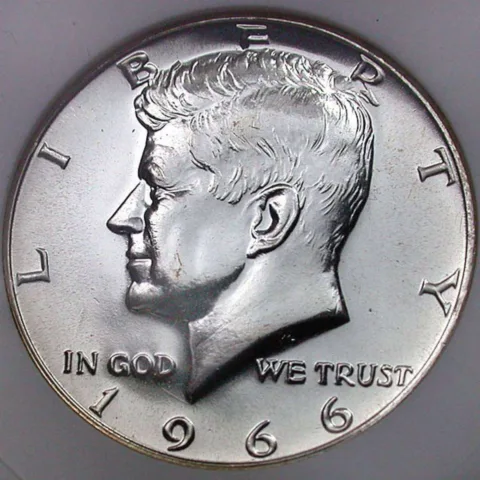
They aren’t!
Doubled dies are rather rare — and finding a bona fide doubled die is harder than most people realize.
Making it even harder to strike it rich from a doubled die error coin is the fact that only the most drastic types of doubled dies are worth a lot of money.
Most doubled die coins show very minor doubling, actually… It takes a 5X or 10X magnifying glass to find most doubled dies.
Since they’re not so obvious, doubled dies generally aren’t collected by too many folks outside of diehard error coin collectors or seasoned collectors who save certain types of coins (like Lincoln pennies or Jefferson nickels).
The reason so many people (including those outside the hobby) are even aware of these awesome error coins is because of the attention that’s been given to the ones that have sold for a lot of money. Doubled dies can be worth hundreds or thousands of dollars apiece.
However, it is only the drastic doubled dies that can be seen with the naked eye that tend to bring big bucks — like the 1955 doubled die penny and the 1972 doubled die penny. Each of those doubled dies are worth $1,000 or more. And those are the ones that everyone is looking for!
One reason these 2 examples of doubled dies are worth so much money is because the doubling is drastic – therefore, it is easily seen with the naked eye. Drastic doubling of the letters, numerals, or design elements makes a coin become super valuable super fast.
When the doubling on a coin can be seen without the use of a magnifier, more people become aware of those coins, more people talk about them, more people start selling them… and more people become interested in buying them.
And when a lot of collectors want to get their hands on a scarce coin, the value for that coin goes way up.
But not all doubled dies are so valuable. In fact, most are not.
Minor doubled dies (those that are obscure and/or require magnification to see) tend to not bring a whole lot of money.
Remember… the most valuable doubled dies are the ones in which the doubling can be clearly seen with the naked eye. These are among the most widely desirable and collected — and yet the rarest — of all doubled die coins.
How Doubled Die Coins Are Made

A doubled die coin is one that was struck by a die that was accidentally engraved with a doubled image.
Specifically…
A die is the device that stamps designs on blank coins (which are also known as planchets).
Dies are engraved by a positive (or relief) image of the coin called a hub.
A hub is created by reducing down the image from an 8-inch to 12-inch plaster model.
A hub is the master source of the coin’s design — it is responsible for making duplicate dies that usually each strike tens of thousands of coins.
Sometimes, when a die is created, the hub will accidentally create two images on the coin. This will usually appear as a slight, overlapping misalignment of the same design twice on part of the coin.
In some cases, the doubling will be quite extreme. In other cases, the doubling is barely noticeable.

So, a doubled die coin is simply a coin that was struck by a die with a doubled image on it.
And doubled dies are created when the hub that transfers the design of a coin onto the working die makes two impressions at two slightly different angles or positions on the die.
This is why it’s called a doubled die, and not a double die. They’re called doubled dies because one of the dies that struck these error coins had a doubled image – which occurred as an error when the die was being impressed by the hub.
The bottom line is a doubled image was engraved on the die during the hubbing process — which is where the devices used to stamp coins are created.
Hubbing is actually a pretty interesting process, and if you’re interested in finding out more about what hubs and dies are and how they are created, be sure to watch this video from the U.S. Mint showing the hub and die process in action:
But enough of the minting lesson (for now).
You’re probably eager to find out what the most valuable doubled die coins are… and how much they’re worth.
How Much Are Doubled Die Coins Worth?
The value of doubled die coins depends greatly on the popularity of a specific piece.
In many cases, the news media has publicized the discovery of a doubled die. In other situations, a certain doubled die will have a sort of cult following within the greater hobby of coin collecting.
In many cases though, a doubled die coin is worth a certain value largely because it made the news and became a well-known and widely desired coin. Take, for example, the 1995 doubled die Lincoln cent, which is now a $20 coin that hit the national airwaves when it was first discovered.
In other situations, doubled dies are valuable simply because they are rare – like the elusive 1958-D doubled die cent, of which only 3 are known to exist. The coin has a value in the six figures.
To learn more about doubled die coin values, you have to consider doubled dies individually.
Popular Doubled Die Coins
A doubled die coin is one of the most popular and widely collected of error coin varieties.
There is no way that I could list every doubled die here in this post, so let’s take a look at some of the most well-known and rare doubled dies…
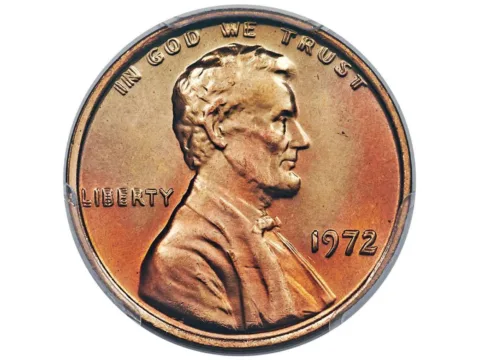
Doubled Die Pennies
- 1917 doubled die obverse cent – $100
- 1955 doubled die obverse cent – $1,500
- 1958-D doubled die obverse cent – Unknown six figures
- 1969-S doubled die obverse cent – $25,000
- 1971 doubled die obverse cent – $100
- 1972 doubled die obverse cent – $250
- 1983 doubled die reverse cent – $200
- 1984 doubled die obverse cent – $150
- 1995 doubled die obverse cent – $20
Doubled Die Nickels
- 1916 doubled die obverse nickel – $4,000
Doubled Die Quarters
- 1934 doubled die obverse quarter – $100
- 1937 doubled die obverse quarter – $150
- 1943 doubled die obverse quarter – $500
- 1943-S doubled die obverse quarter – $100
Doubled Die Half Dollars
- 1974-D doubled die obverse half dollar – $50
The values above are only approximations. This is not a list of all doubled die coins, so if you have a coin you think may be a doubled die but don’t see it listed here, please let me know in the comments below!
And, if you find one that is on this list, please share the details about your coin below. It’s always nice to hear from coin collectors who have made exciting finds. Just be wary of counterfeits and fakes…
Did You Know?…
Doubled dies aren’t necessarily errors in the strictest sense.
Many collectors call doubled dies varieties rather than errors — because they involve a mistake in the die-making process not in the manufacturing of individual coins.
So, now you know!
READ NEXT: A List Of The Rarest U.S. Coins
I’m the Coin Editor here at TheFunTimesGuide. My love for coins began when I was 11 years old. I primarily collect and study U.S. coins produced during the 20th century.
I’m a member of the American Numismatic Association (ANA) and the Numismatic Literary Guild (NLG) and have won multiple awards from the NLG for my work as a coin journalist. I’m also the editor at the Florida United Numismatists Club (FUN Topics magazine), and author of Images of America: The United States Mint in Philadelphia (a book that explores the colorful history of the Philadelphia Mint). I’ve contributed hundreds of articles for various coin publications including COINage, The Numismatist, Numismatic News, Coin Dealer Newsletter, Coin Values, and CoinWeek.
I’ve authored nearly 1,000 articles here at The Fun Times Guide to Coins (many of them with over 50K shares), and I welcome your coin questions in the comments below!


